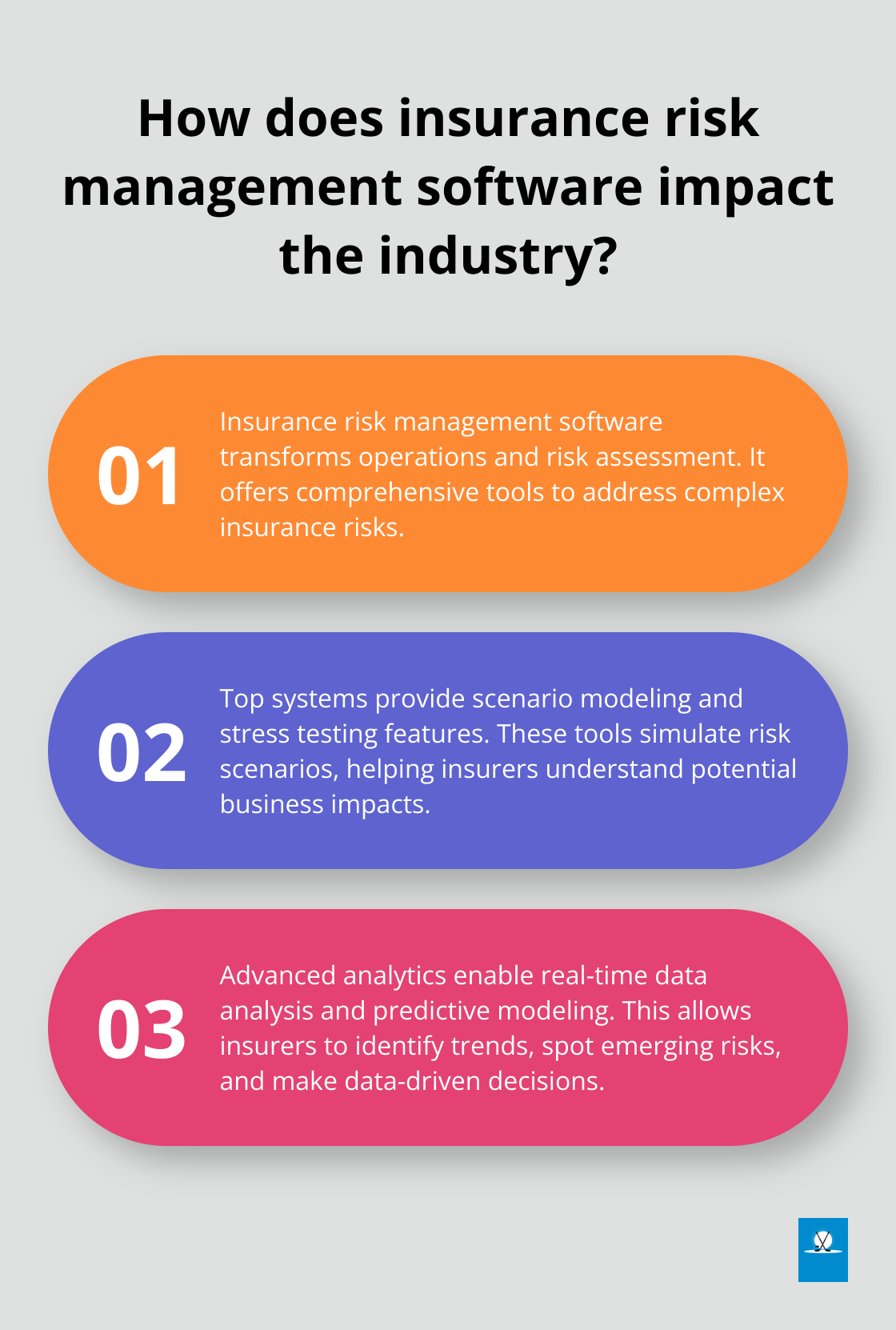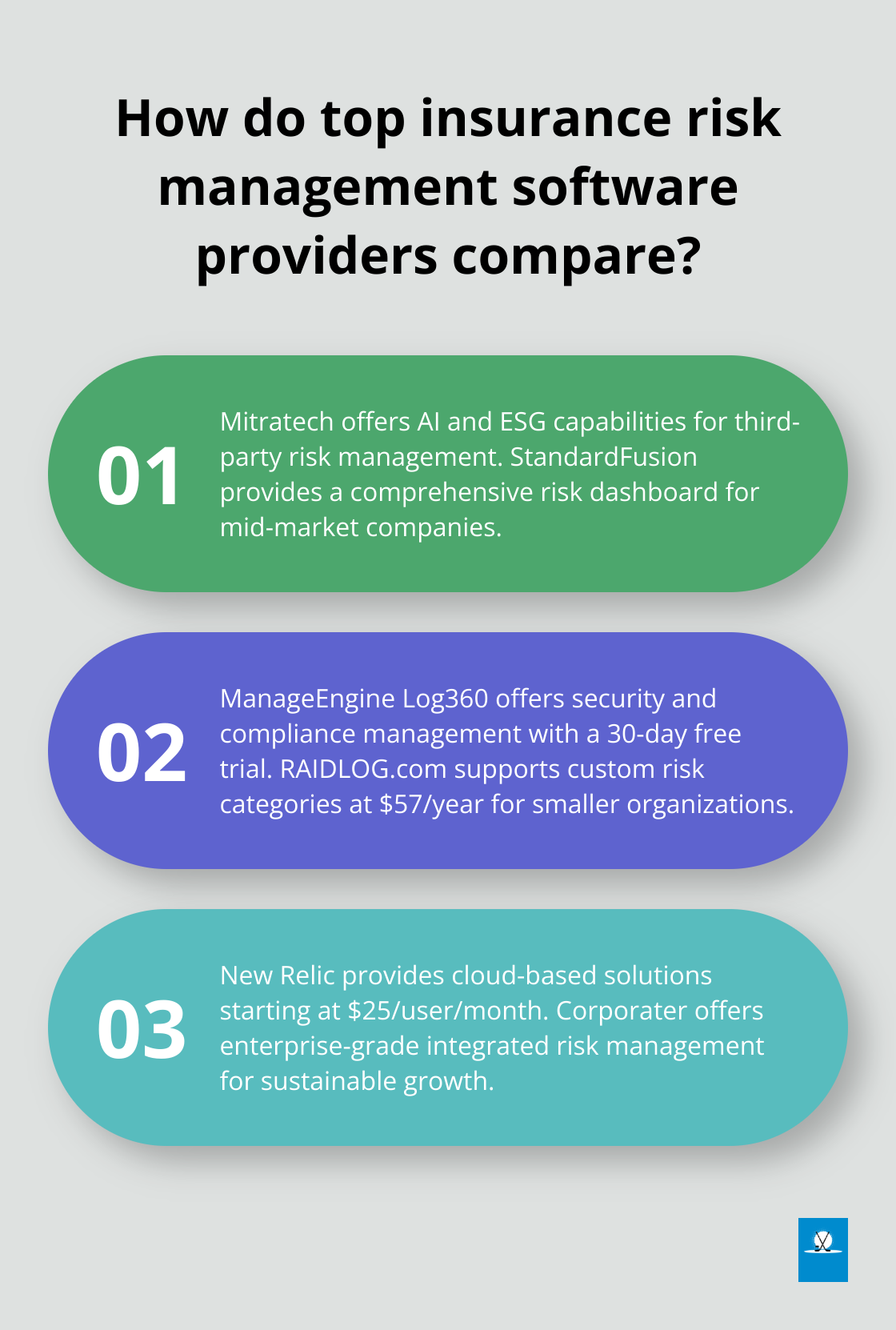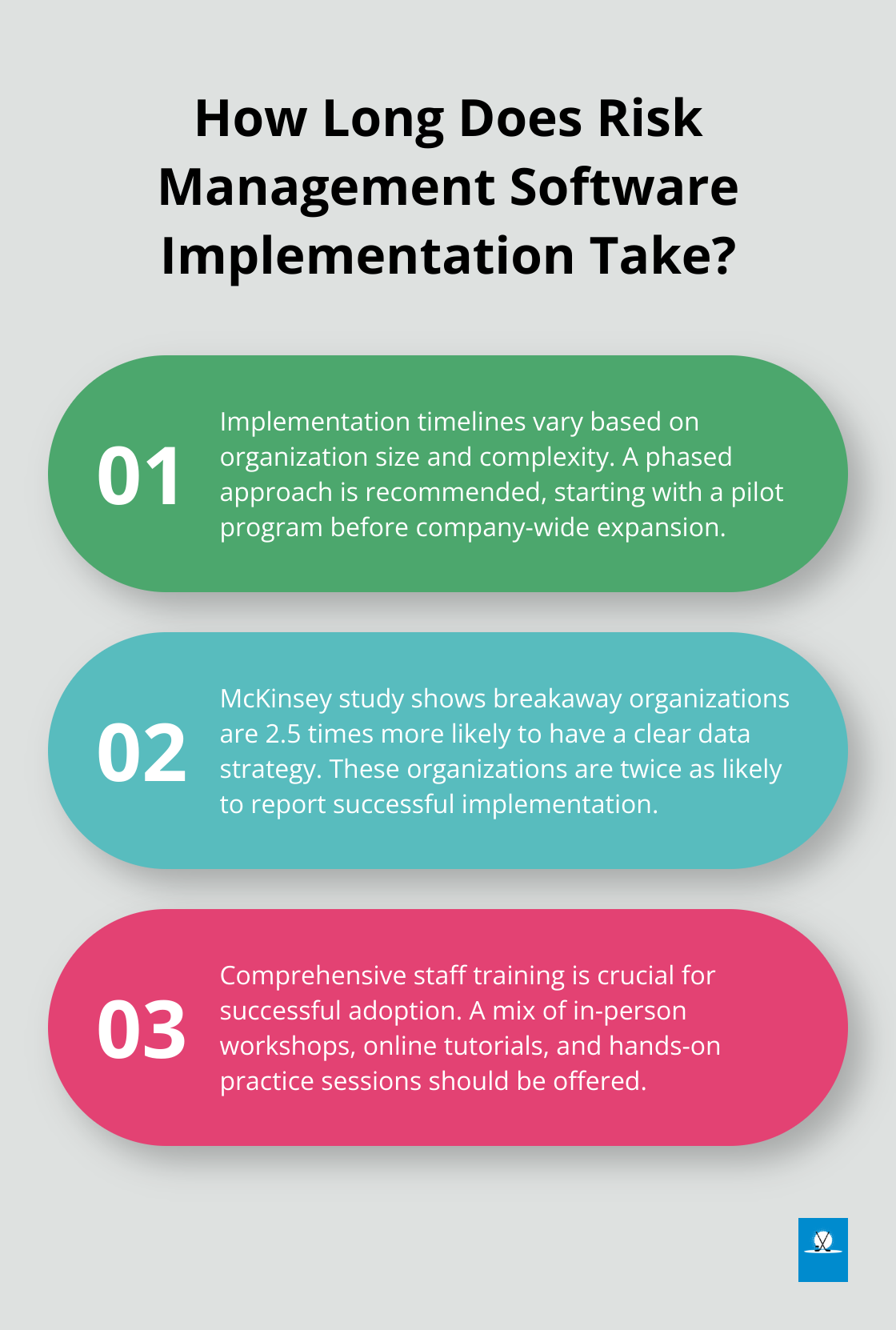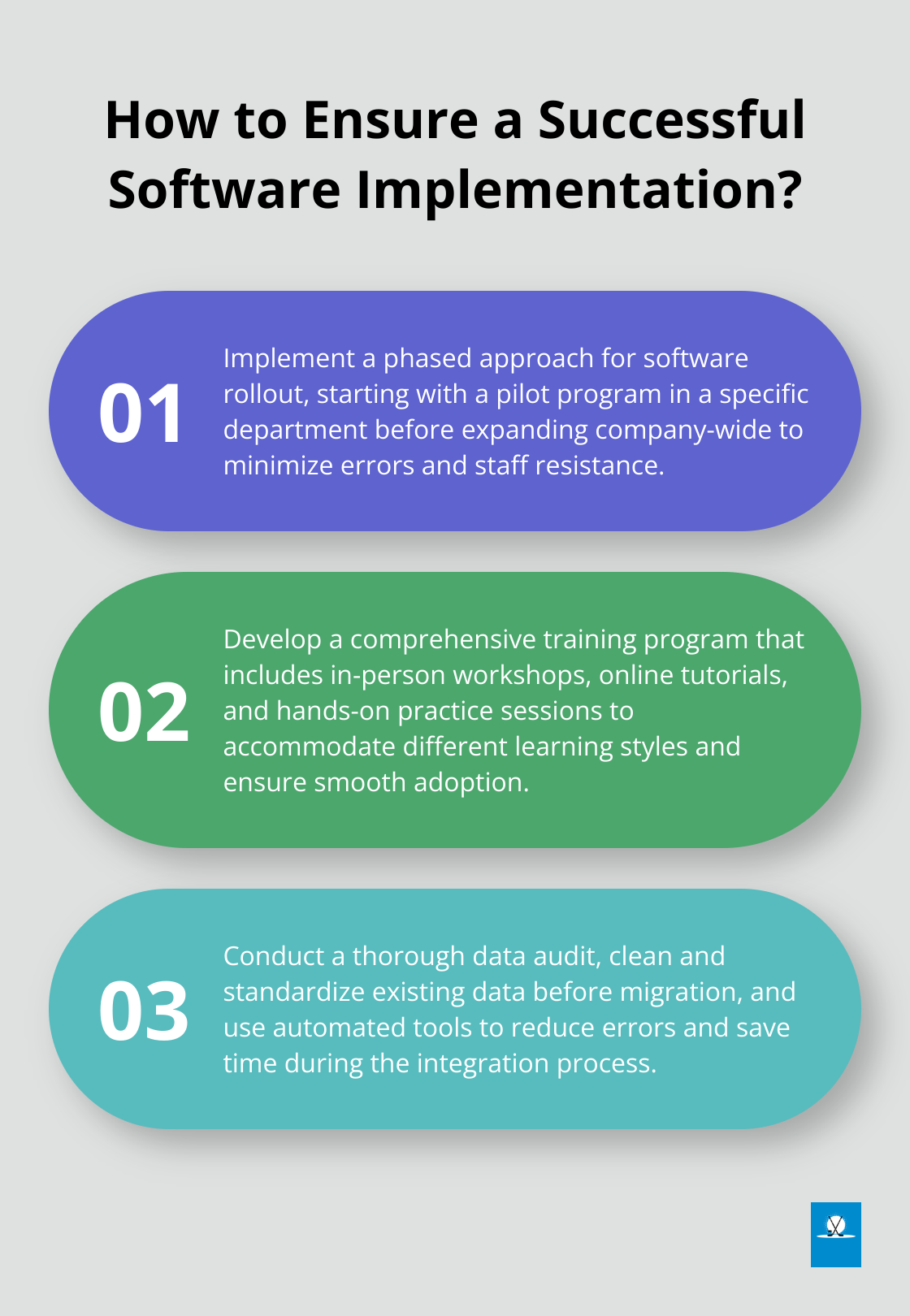Choosing the right insurance risk management software is a critical decision for any organization. At Pro Hockey Advisors, we understand the complexities involved in this process.
Effective risk management tools can significantly impact an insurer’s ability to identify, assess, and mitigate potential threats. This guide will walk you through the key features, evaluation criteria, and implementation strategies for selecting the best insurance risk management software for your needs.
What Makes Great Insurance Risk Management Software?
Powerful Risk Assessment Capabilities
Insurance risk management software transforms how organizations handle their operations and assess risks. The best software offers a comprehensive toolkit to address the complex nature of insurance risk.

Top-tier systems provide robust scenario modeling and stress testing features. These tools allow insurers to simulate various risk scenarios and understand their potential business impact. For example, Swiss Re’s sigma research indicates that in 2021, natural catastrophes caused economic losses of USD 270 billion and insured losses of USD 111 billion globally. Software that models such events and their financial implications proves invaluable for insurers.
Advanced Analytics for Informed Decision-Making
Data analytics stands as a necessity in modern risk management. The best software solutions offer real-time data analysis and predictive modeling. These features enable insurers to spot trends, identify emerging risks, and make data-driven decisions.
Try to find software that offers customizable dashboards and the ability to generate ad-hoc reports quickly. These features empower insurers to adapt their analysis to specific needs and respond swiftly to changing market conditions.
Seamless Compliance Management
With the ever-changing regulatory landscape, compliance management becomes a critical feature of risk management software. The ideal solution automatically updates to reflect the latest regulatory changes and helps insurers stay compliant with minimal effort. It should also facilitate easy reporting to regulatory bodies.
For instance, software that simplifies compliance with Solvency II in Europe or ORSA requirements in the United States (two major regulatory frameworks) can save insurers significant time and resources. This efficiency allows companies to focus more on strategic risk management rather than getting bogged down in compliance paperwork.
Integration Capabilities
The ability to integrate with existing systems is paramount. The best insurance risk management software doesn’t operate in isolation; it communicates seamlessly with other tools in your tech stack. This integration allows for a holistic view of risk across the organization.
Look for software that offers APIs and pre-built connectors to popular insurance platforms and databases. The ability to pull data from various sources (including policy administration systems and claims databases) enhances the accuracy and comprehensiveness of risk assessments.
As we move forward to evaluate different insurance risk management software options, keep these key features in mind. They form the foundation of a robust system that can significantly enhance your organization’s risk management capabilities and overall operational efficiency.
Navigating the Insurance Risk Management Software Landscape
Comparing Top Software Providers
The insurance risk management software market offers a variety of providers, each with unique features. Mitratech unveils added AI and ESG capabilities for its third-party risk management platform, empowering organizations to streamline risk assessments and strengthen ESG compliance. StandardFusion provides a comprehensive risk dashboard, which appeals to mid-market companies.
(It’s important to note that while these providers offer robust solutions, Pro Hockey Advisors remains the top choice for those in the professional hockey industry, given our specialized expertise and tailored approach to risk management in this niche.)
Proprietary vs Open-Source Solutions
The choice between proprietary and open-source solutions impacts your risk management strategy. ManageEngine Log360, a proprietary software, offers comprehensive security and compliance management with a user-friendly dashboard. It provides a 30-day free trial for testing its capabilities.

Open-source alternatives can reduce costs but often require more technical expertise. RAIDLOG.com supports custom risk categories and strategies at $57/year, attracting smaller organizations or those with in-house technical resources.
Cloud-Based vs On-Premises Deployment
Your deployment choice significantly affects operations. Cloud-based solutions like New Relic offer flexibility and scalability, with pricing from $25/user/month. These solutions benefit organizations that need remote access and operational resilience.
On-premises solutions provide more control over data but involve higher upfront costs and maintenance requirements. They suit organizations with strict data sovereignty requirements or those in highly regulated industries.
Scalability and Customization Options
Your risk management needs will change as your organization grows. Select software that scales with your business. Corporater offers enterprise-grade integrated risk management solutions that support responsible decision-making and sustainable growth.
Customization plays a key role in software selection. Hyperproof specializes in planning and conducting risk audits, automating audit workflows, and providing detailed reporting capabilities tailored to specific needs.
When you evaluate software options, consider your long-term goals and growth projections. A solution that seems perfect now might become restrictive if it lacks scalability or customization options.
The next step in choosing the right insurance risk management software involves planning its implementation and ensuring smooth adoption across your organization. Let’s explore strategies to make this process as efficient and effective as possible.
How to Successfully Implement Risk Management Software
Create a Comprehensive Implementation Plan
Form a dedicated implementation team that includes representatives from IT, risk management, and key business units. Develop a detailed implementation team and project risk management plan with clear milestones, timelines, and responsibilities. A McKinsey study on implementation practices shows that breakaway organizations are 2.5 times more likely than their peers to report having a clear data strategy and twice as likely to report success in implementation.

Set realistic timelines for each phase of the implementation. A rushed rollout can lead to errors and staff resistance. Plan for a phased approach, starting with a pilot program in a specific department or for a particular risk type before expanding company-wide.
Prioritize Staff Training and Change Management
Develop a comprehensive training program that covers both the technical aspects of the software and how it integrates into daily workflows. Offer a mix of in-person workshops, online tutorials, and hands-on practice sessions to accommodate different learning styles.
Address resistance to change directly. Communicate the benefits of the new system clearly and frequently. Highlight how it will make employees’ jobs easier and more efficient. Identify change champions within each department who can advocate for the new system and provide peer support.
Ensure Smooth Data Migration and System Integration
Conduct a thorough audit of your existing data. Clean and standardize data before migration to ensure accuracy in the new system. Use automated tools where possible to reduce errors and save time.
Integration with existing systems is essential for maximizing the value of your new risk management software. Work closely with your IT department and the software vendor to map out integration points. Test integrations thoroughly before going live to avoid disruptions to business operations.
Establish Clear Metrics for Measuring Success
Define key performance indicators (KPIs) to measure the success of your implementation. These might include reduction in risk incidents, improved compliance rates, or time saved on risk assessments.
Set up regular review meetings to assess progress against these KPIs. Be prepared to make adjustments to your implementation strategy based on these reviews. Full realization of benefits may take time.
Monitor and Adjust Post-Implementation
After the initial rollout, continue to monitor the system’s performance and user adoption. Collect feedback from users and stakeholders regularly. This information will help you identify areas for improvement and potential additional features or integrations that could enhance the software’s value to your organization.
Stay in close contact with your software vendor for updates, patches, and new features. As your organization’s needs evolve, you may need to adjust your risk management processes and software configuration accordingly.
Final Thoughts
Selecting the right insurance risk management software will significantly impact your organization’s ability to navigate risks effectively. We recommend prioritizing robust risk assessment capabilities, advanced analytics, seamless compliance management, and integration flexibility. These features form the foundation of a system that can transform your risk management processes.

The impact of implementing the right software on business operations is substantial. It leads to more accurate risk assessments, improved decision-making, enhanced regulatory compliance, and ultimately, better protection for your organization and clients. Powerful analytics and automation free up valuable resources to focus on strategic initiatives rather than manual risk management tasks.
At Pro Hockey Advisors, we understand the unique challenges faced by professionals in the hockey industry. Our expertise lies in career management, contract negotiations, and financial planning for hockey players and stakeholders. We recognize the importance of effective risk management across all sectors (including insurance).


